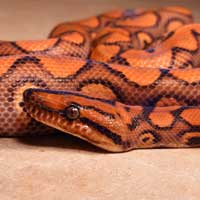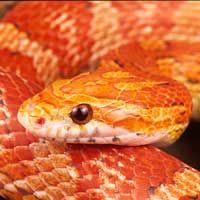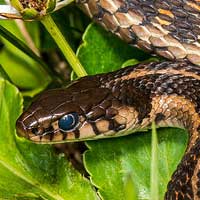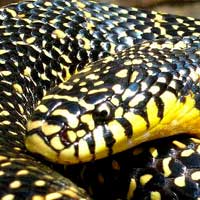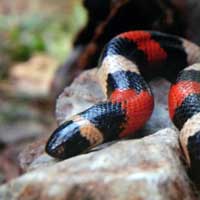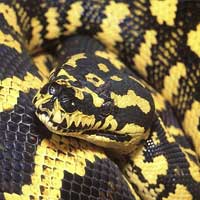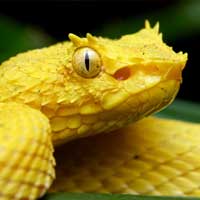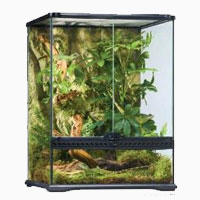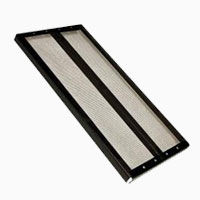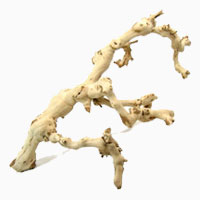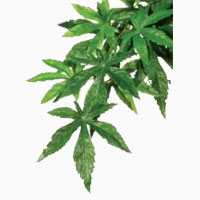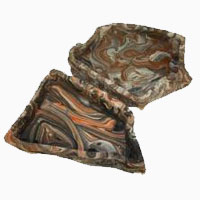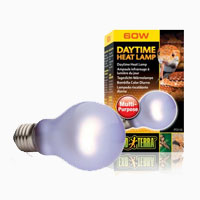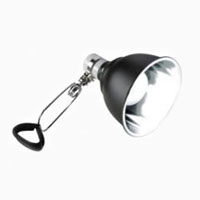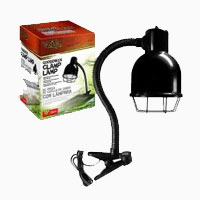Blue Striped Garter Snake
Scientific Name: Thamnophis Sirtalis Sirtalis
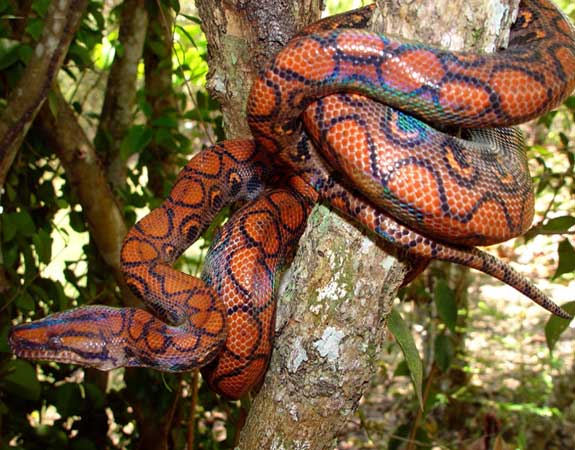
Share this Post
The Blue Striped Garter Snake is a non-poisonous snake of the garter snakes species indigenous to the Northwestern Florida in America. The scientific name of the Blue Striped Garter Snake is Thamnophis sirtalis sirtalis while its common name is Blue Striped Garter Snake. This snake species does not have any subspecies discovered yet.
Blue Striped Garter Snakes are neither too small nor too large. The overall length of an adult can be between fifty to sixty six centimetres. However, there are reports documented of Blue Striped Garter Snakes with a length of ninety-nine point five centimetres long. The background color on these snakes can be either blue black or olive-brown. The snakes also have a visible mid dorsal stripe, usually blue in color. The sides of the snake’s body also have blue lines in the dorsal second and third scale rows that come in a lighter shade of blue. Light tan fletchings are normally found between the lateral and mid dorsal stripes. The snake’s belly is whitish-blue in color. The upper lips scales have black blotches on them as well. The scales of the Blue striped snake have ridges known as keels. The pupils in the eyes are round shaped. Juveniles share characteristics with adults.
Blue Striped Garter Snakes Are Beautiful Creatures
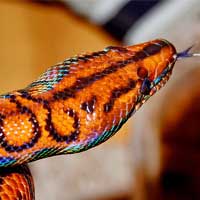
Facts About Blue Striped Garter Snakes
Geographic Location
One can find the Blue Striped Garter Snake in the Northwestern Peninsula of Florida, Wakulla County and the Withlacoochee River.
Habitat
The Blue Striped snake favours pinelands, cypress strands, hardwood hammocks, marshes and prairies.
Behavior
The Thamnophis sirtalis sirtalis is usually active through the day. They are terrestrial and hardly climb in trees. They feed on frogs, salamanders and small fishes.
Reproduction
The Blue striped snakes are viviparous and give birth to their young ones.
Captivity
If provided with the right conditions this snake species can do well in captivity, as they are non-venomous.
